Butterflies of New Mexico
During our master's program at Eastern New Mexico University in Portales, New Mexico, we had the privilege of exploring the state's natural beauty and discovering some of North America's most stunning butterflies. New Mexico's arid landscape, characterized by vast deserts, dry scrublands, and rocky outcrops, presented a unique challenge for butterfly exploration.
Rarity Index:
extremely rare/endangered
very rare/vulnerable
rare
uncommon
common
* beside rarity color represents the species is local. For instance, * represents the species is rare and local.
Some species images on this site are taken from other locations (given in captions) and may not accurately reflect the appearance or characteristics of species in the specific location featured. Please click on the images and read the captions carefully before drawing any conclusions.
Our Progress
Hesperiidae (73/113): Skippers 
Hesperiids are commonly known as skippers and are members of true butterflies (Papilionoidea). They have hooked antennae and small wings compared to their bulky bodies. Some groups keep their wings closed while some prefer to keep them flat open. Hesperiids have a very fast flight what with some are called swifts and darts.
Eudaminae (11/17)
Pyrginae (26/32)
Hesperiinae (31/53)
Megathymini (Hesperiinae) (03/08)
Pyrrhopyginae (00/01)

|
|||||
| Apyrrothrix araxes - Dull Firetip |
Heteropterinae (02/02)
| Piruna pirus - Russet Skipperling |
Piruna polingii - Dotted Skipperling |
Papilionidae (10/16): Swallowtails 
Commonly known as Swallowtails, members of this family are some of the largest butterflies in the world. They can be easily recognized by their upturned antennae, lack of palpi, large eyes and the presence of osmaterium in larval stage. Ancient families such as Parnassiinae show some exceptions. Despite the common name, not all species have tails.
Parnassiinae (01/01)
| Parnassius phoebus - Phoebus Apollo |
Papilioninae (10/15)
Pieridae (31/39): Whites and Yellows 
Also known as the whites and yellows, Pieridae can often be seen mud-puddling. The name "butterfly" is believed to have originated from common brimstone Gonepteryx rhamni which is butter in color.
Pierinae (11/17)
Coliadinae (20/22)
| Kricogonia lyside - Lyside Sulphur |
Nathalis iole - Dainty Sulphur |
Eurema daira - Barred Sulphur |
Pyrisitia lisa - Little Yellow |
Pyrisitia nise - Mimosa Yellow |
Pyrisitia proterpia - Tailed Orange |
Lycaenidae (37/58): Blues 
Also known as the blues because of the blue upperwings of most species, this family contains some of the smallest butterflies of the world. Brephidium exilis - Western Pygmy-blue, is considered to be the smallest butterfly found in the USA.
Lycaeninae (04/07)
| Tharsalea arota - Tailed Copper |
Theclinae (17/29)
Polyommatinae (16/22)
Riodinidae (06/09): Metalmarks 
Commonly known as Metalmarks in the Americas, these butterflies show rather weak flight, often perch under the leaves. They are mostly found inside forests.
Riodininae (06/09)
Nymphalidae (76/98): Brush-footed Butterflies 
Commonly known as the brush-footed butterflies, members of this family have only four functional legs while the forelegs are vestigial. Previously it was separated into different families such as Danaindae, Satyridae, Libytheidae, etc. which now are treated as the subfamilies of Nymphalidae.
Libytheinae (01/01)
| Libytheana carinenta - American Snout |
Heliconiinae (13/18)
Nymphalinae (36/43)
Biblidinae (01/04)

|

|

|
|||
| Eunica monima - Dingy Purplewing |
Myscelia cyananthe - Blackened Bluewing |
Hamadryas februa - Gray Cracker |
Mestra amymone - Common Mestra |
Limenitidinae (04/04)
| Limenitis archippus - Viceroy |
Limenitis arthemis - Red-Spotted Admiral |
Limenitis weidemeyerii - Weidemeyer’s Admiral |
Adelpha eulalia - Arizona Sister |
Cyrestinae (01/01)
| Marpesia petreus - Ruddy Daggerwing |
Apaturinae (03/04)

|
|||||
| Asterocampa celtis - Hackberry Emperor |
Asterocampa leilia - Empress Leilia |
Asterocampa clyton - Tawny Emperor |
Doxocopa laure - Silver Emperor |
Charaxinae (02/02)
| Anaea aidea - Tropical Leafwing |
Anaea andria - Goatweed Leafwing |
Satyrinae (12/18)
Danainae (03/03)
| Danaus plexippus - Monarch |
Danaus gilippus - Queen |
Danaus eresimus - Soldier |





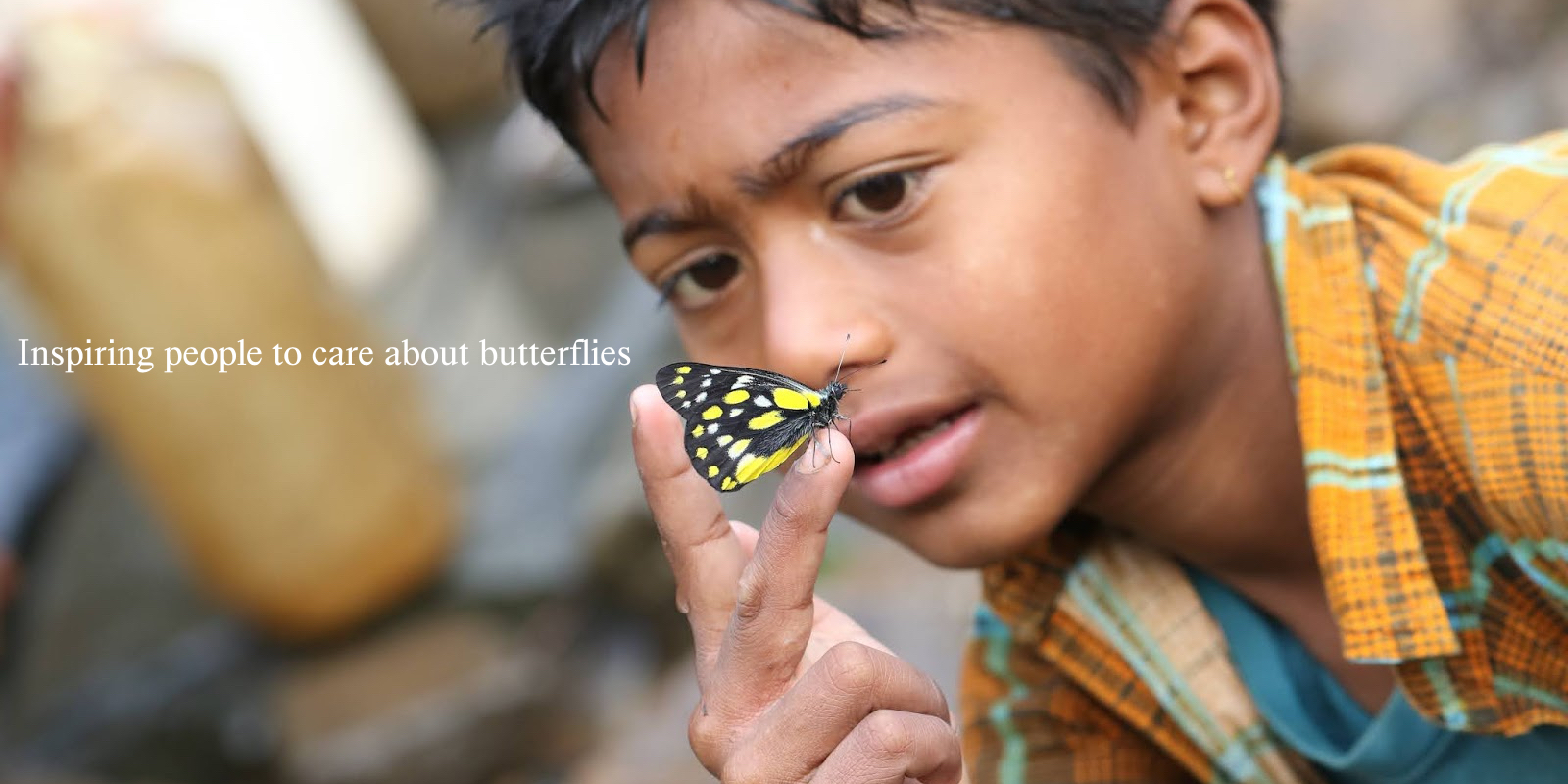



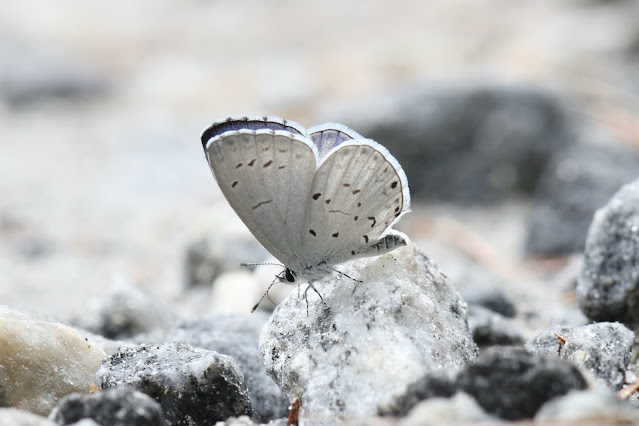





















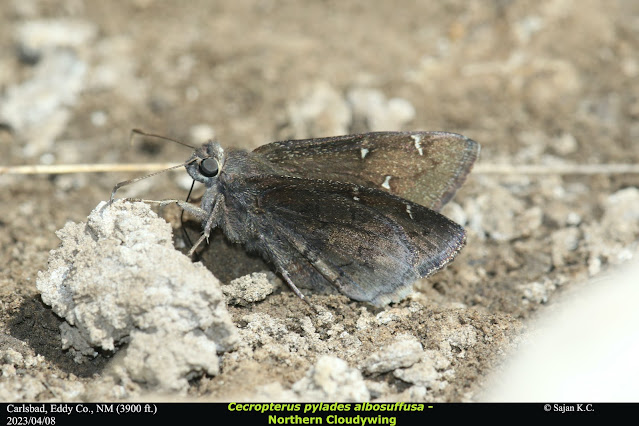








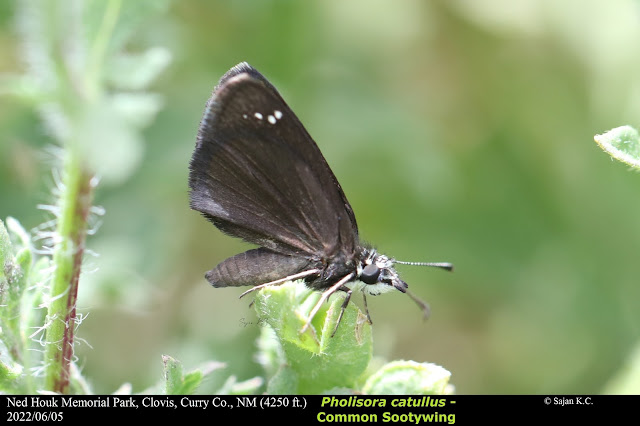


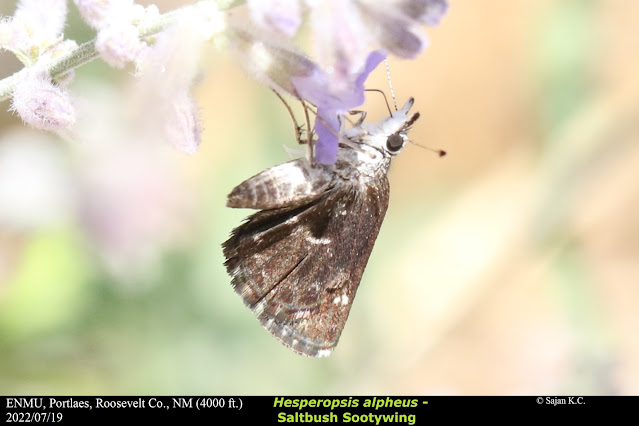


































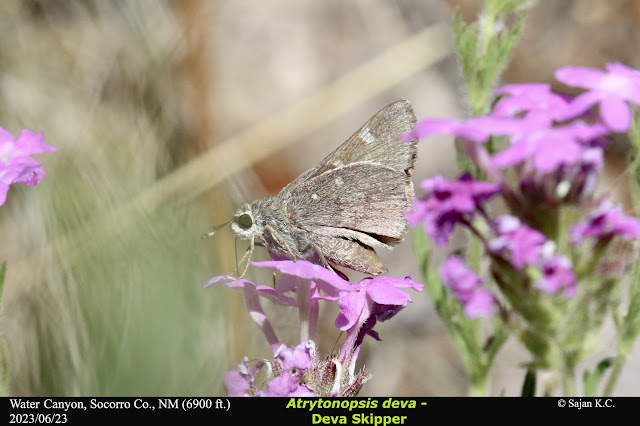



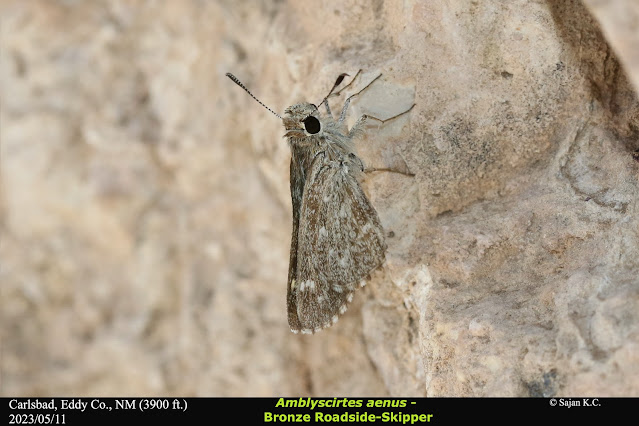







































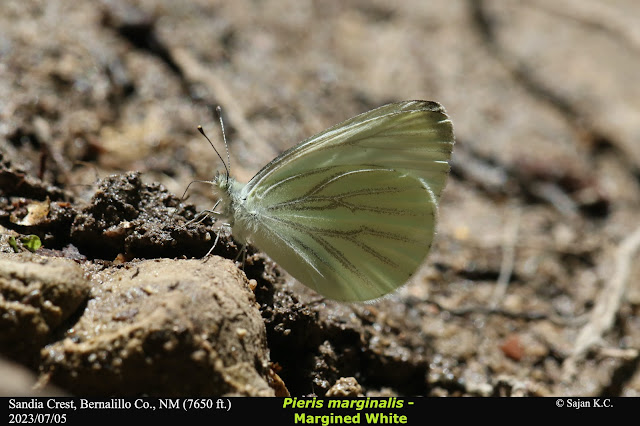







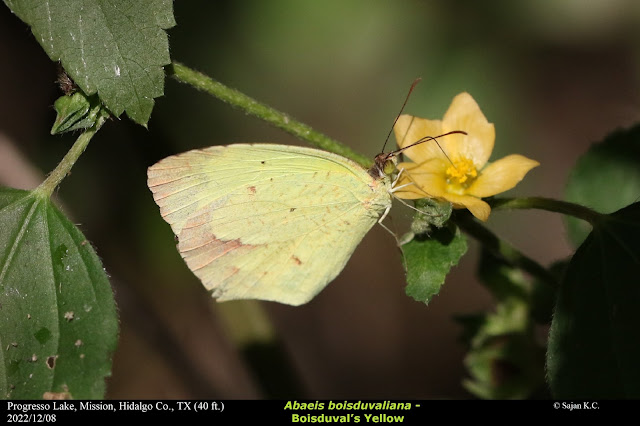













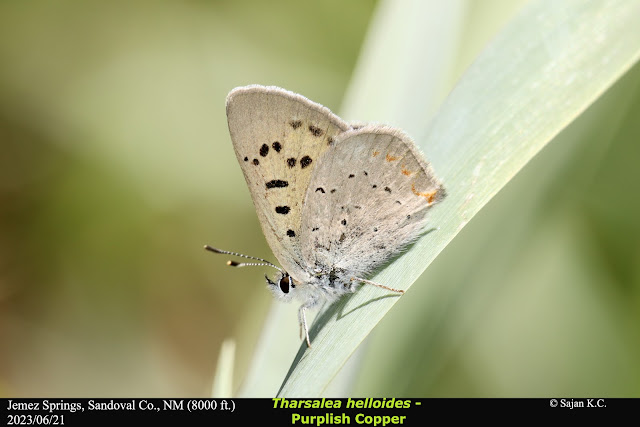


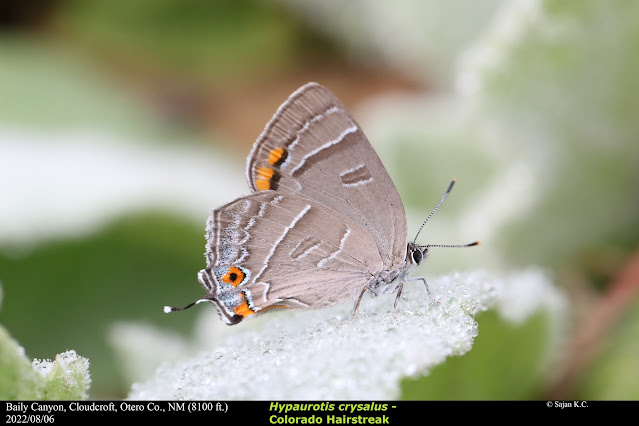









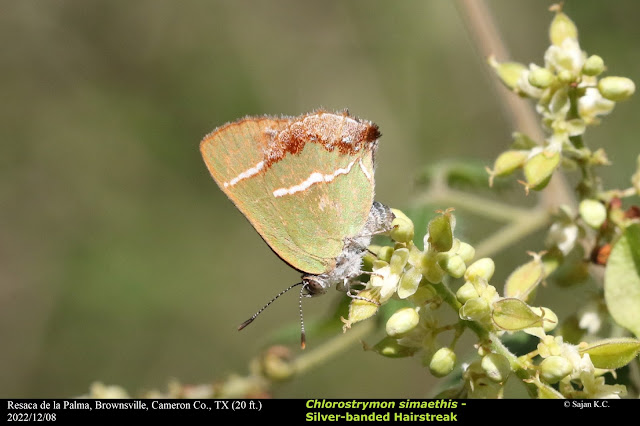





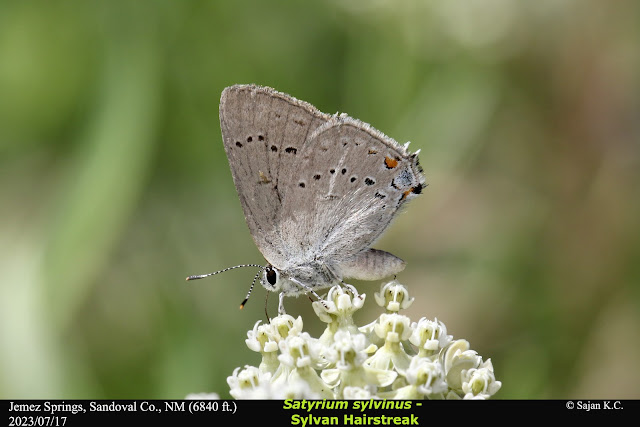









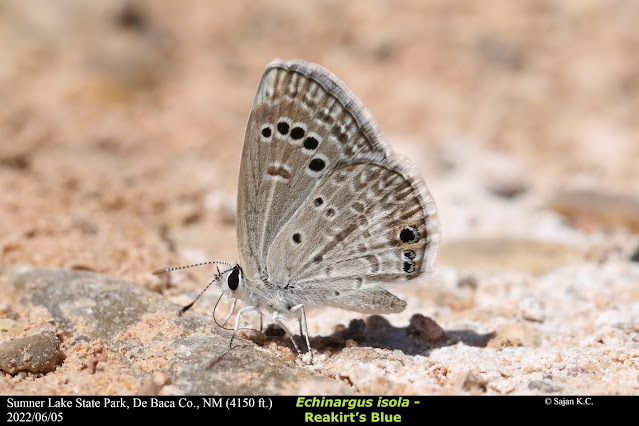

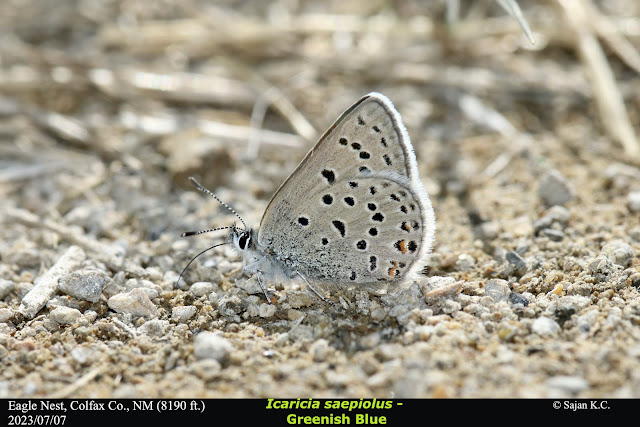















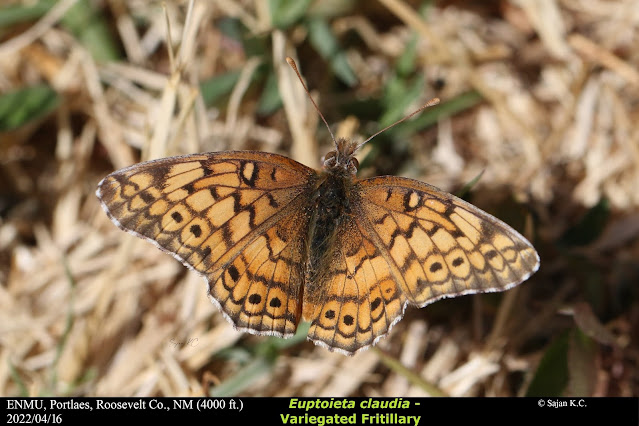












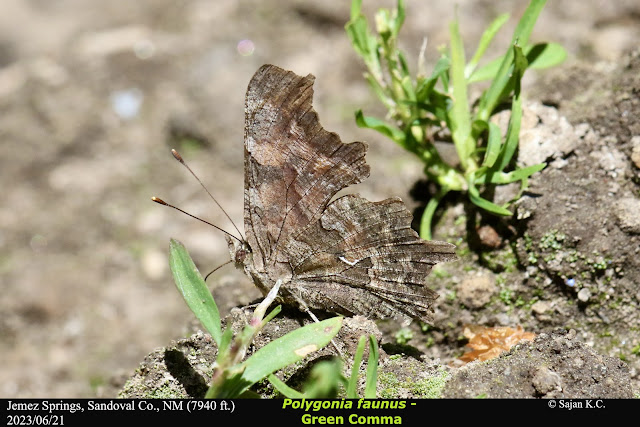


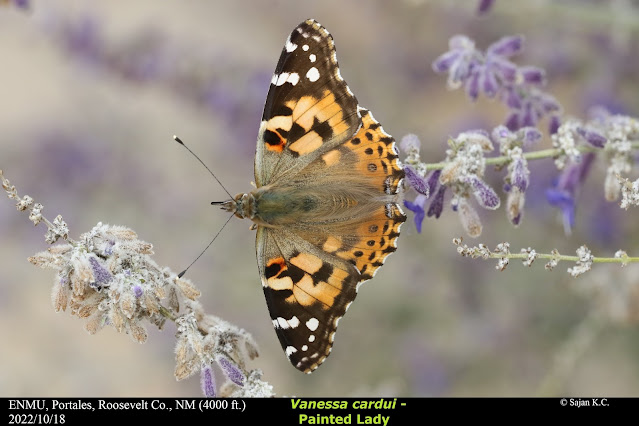












.JPG)
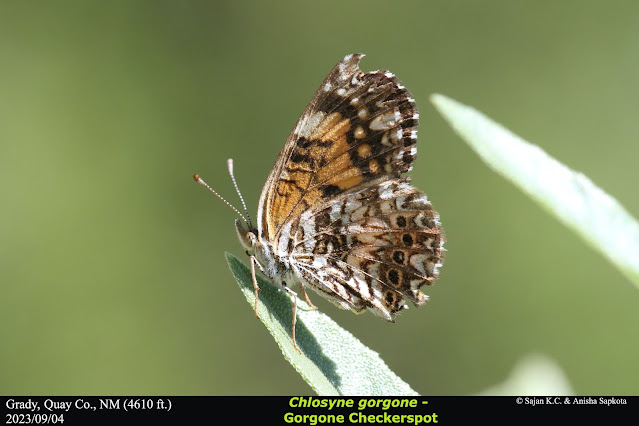















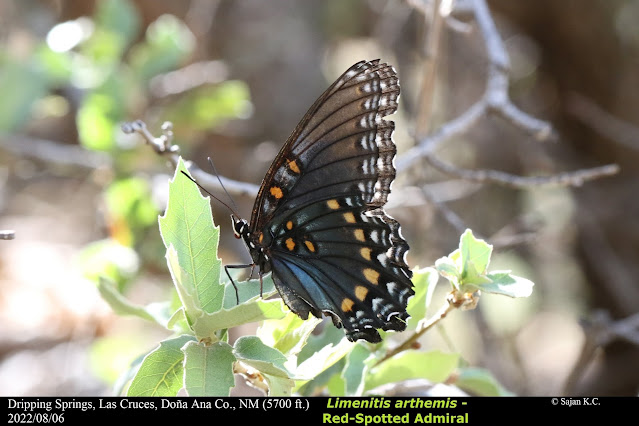




























Comments
Post a Comment